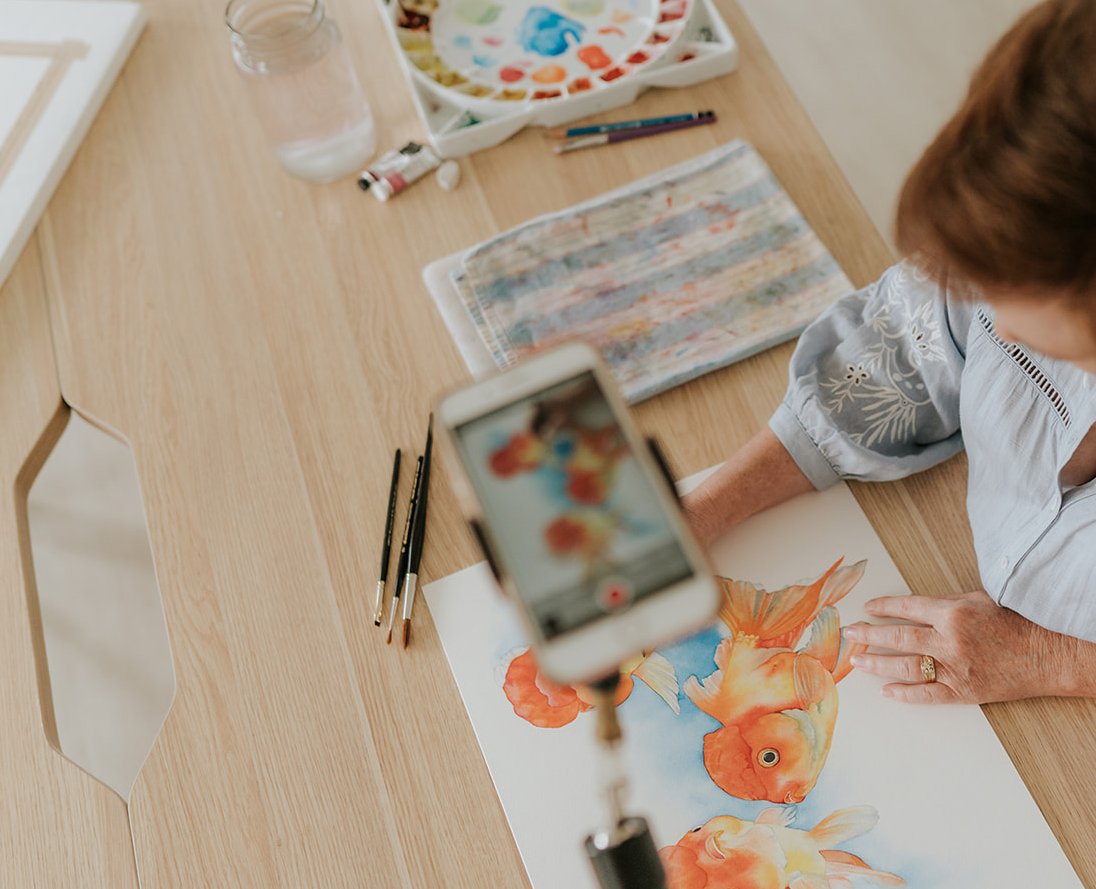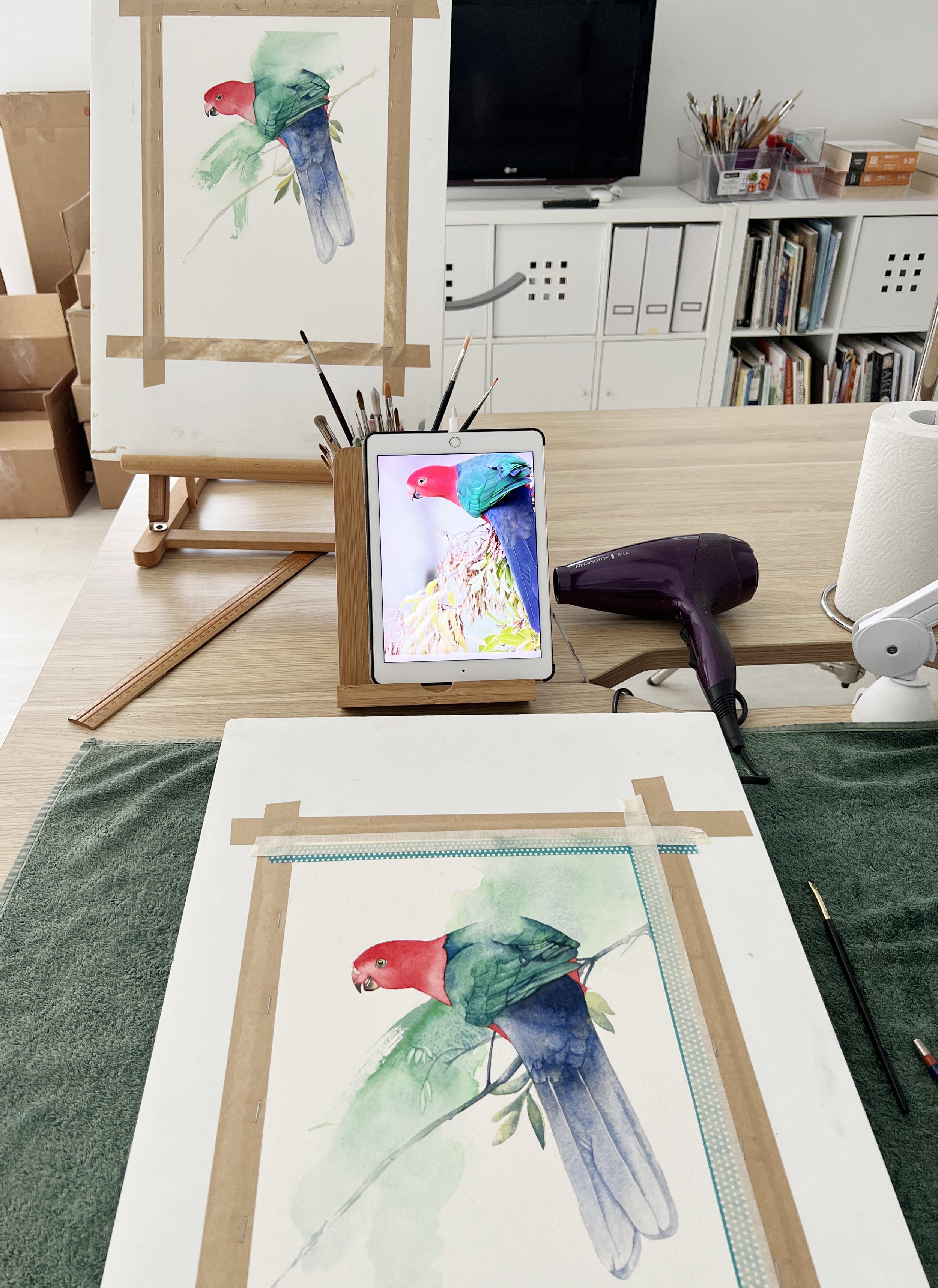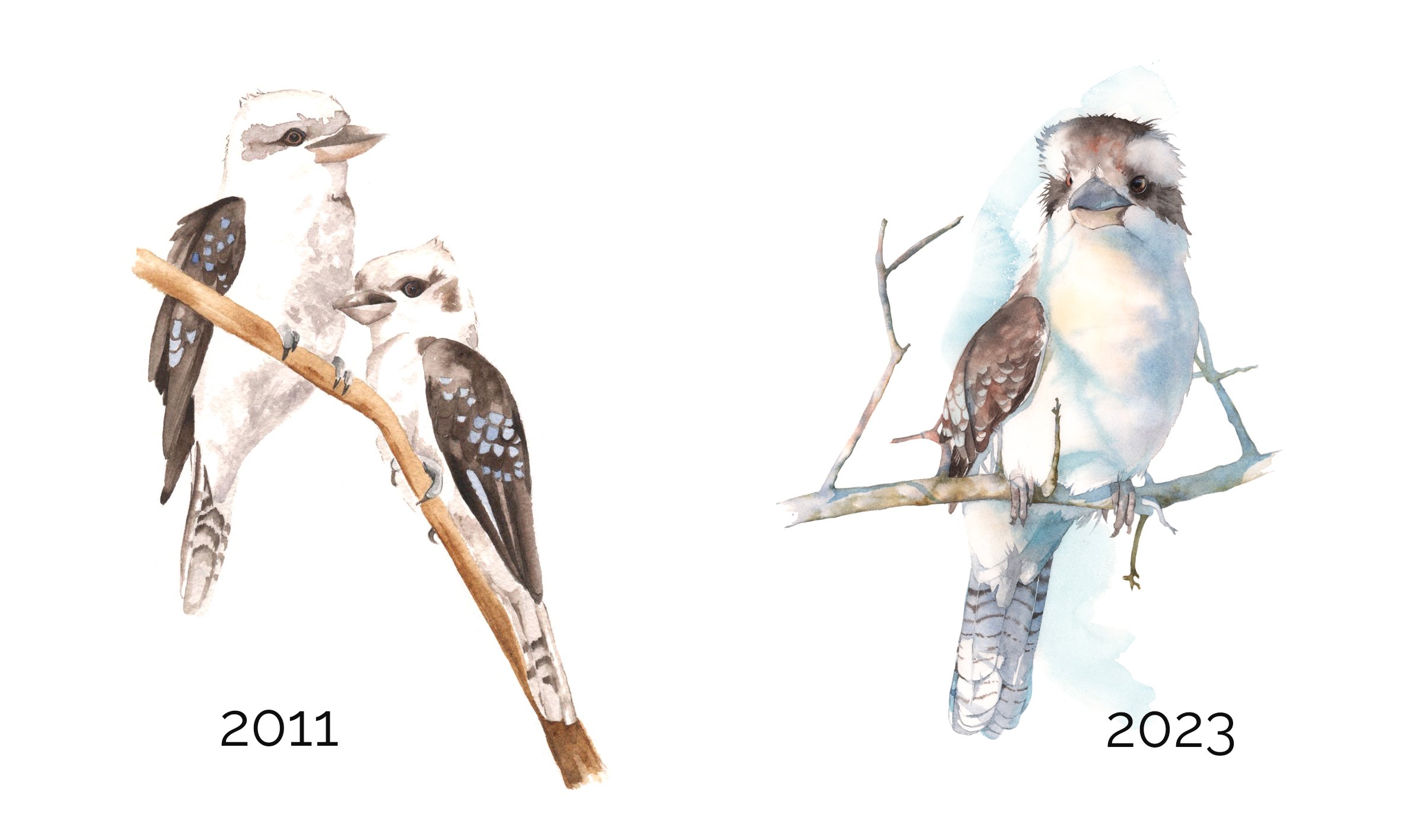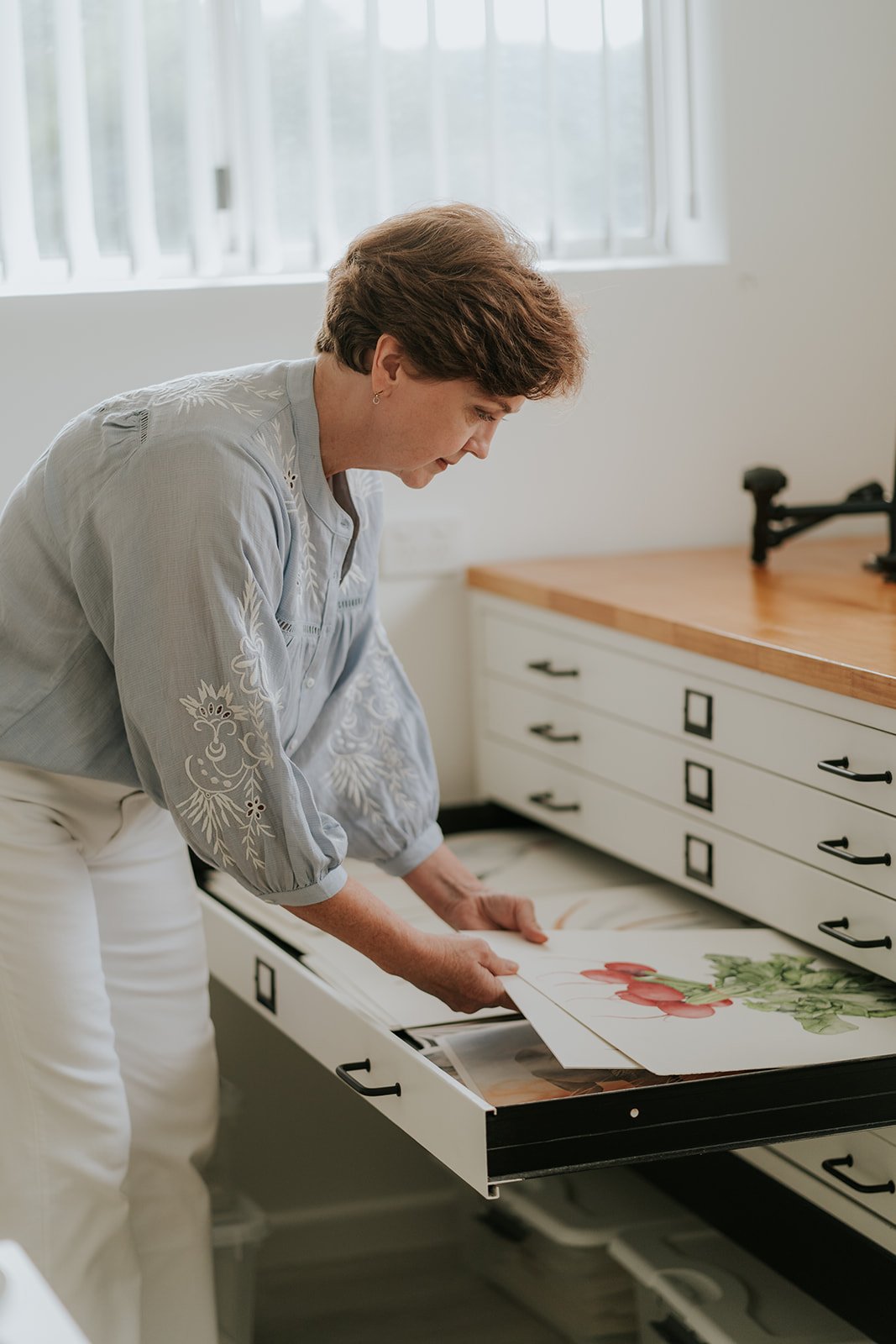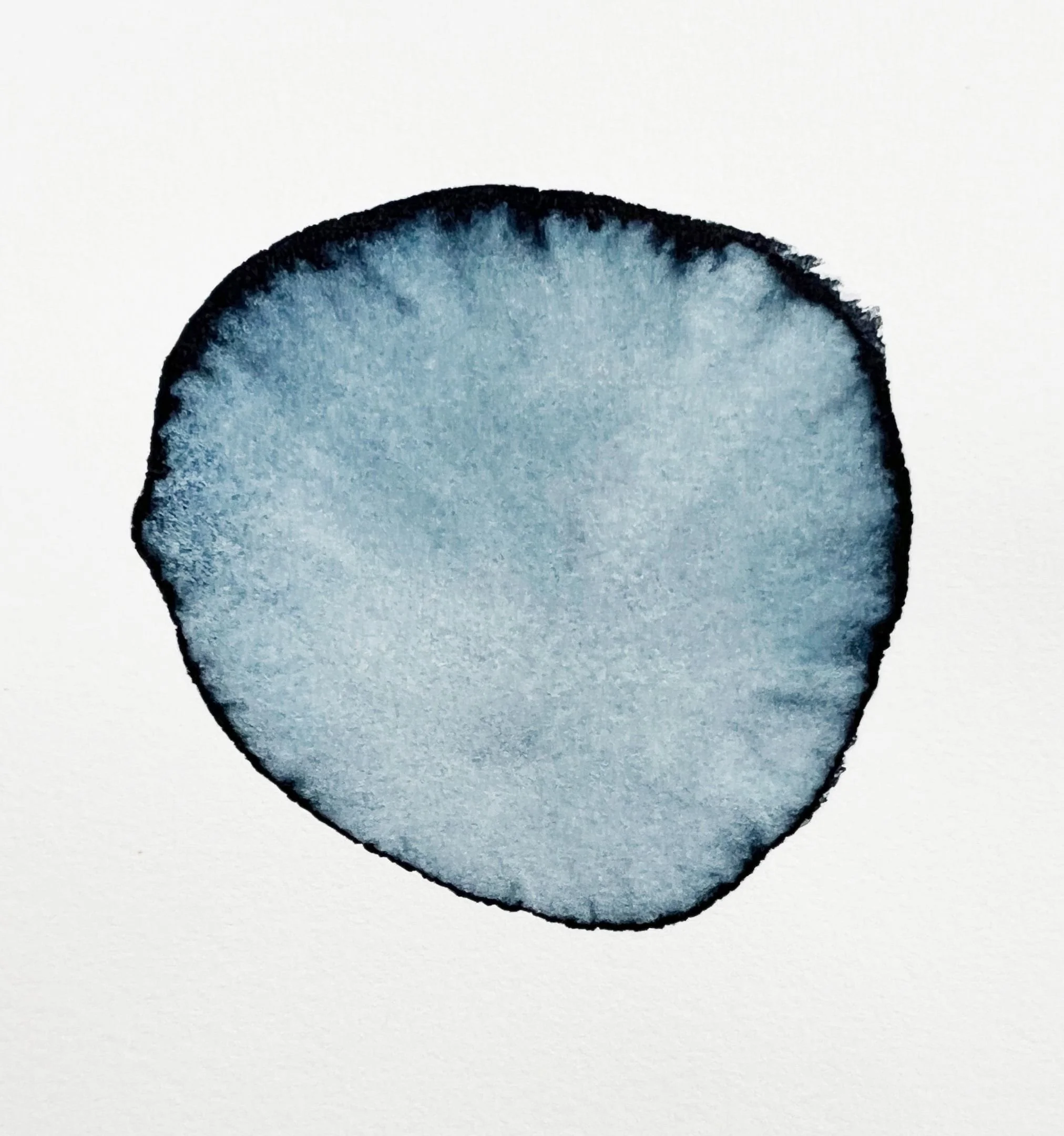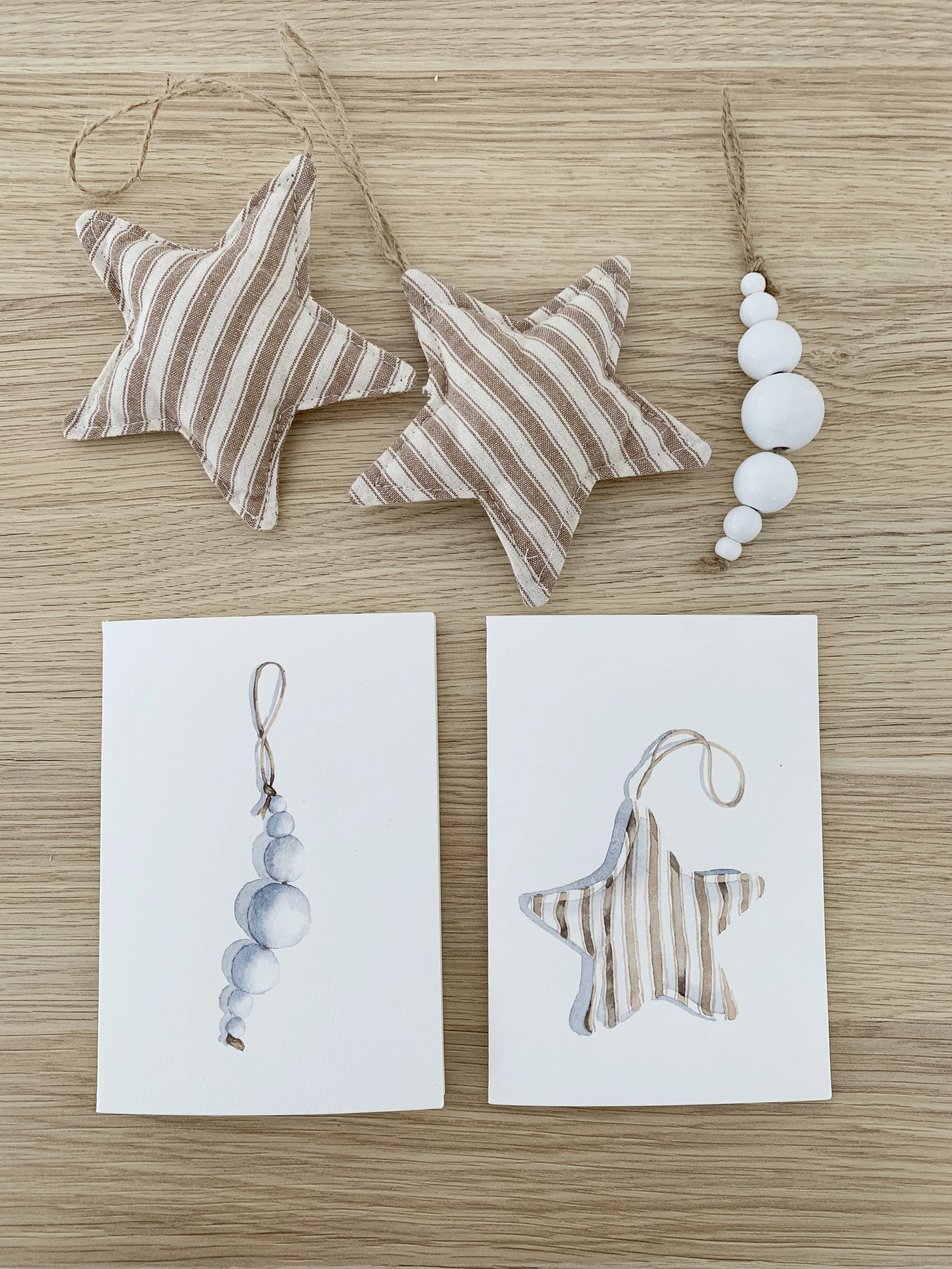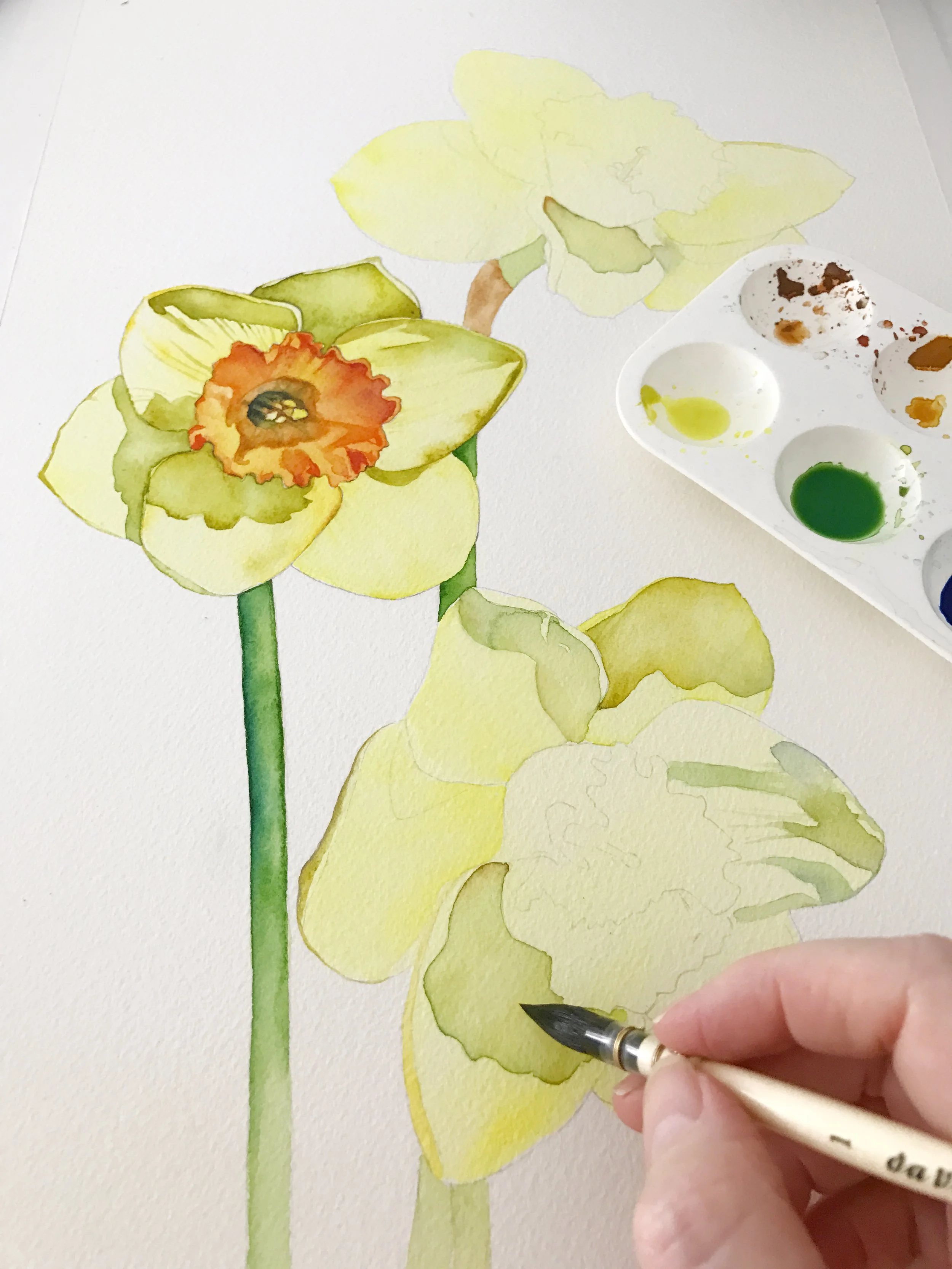How to Find Your Painting Style
Using Tutorials to Grow as an Artist
Every artist's journey begins with questions, doubts, and a desire to grow. It’s easy to feel overwhelmed when faced with endless possibilities and the quest to find your unique art style. But here’s the good news: this stage is full of opportunities for discovery!
Tutorials can serve as both a compass and a springboard, guiding you while giving you the freedom to explore. They help you build your skills and confidence, and with a little experimentation, you can make them your own.
Remember, each brushstroke is a step toward uncovering your art style.
New artists worry about finding their style. My tip: Don't! It takes years of practice.
Building Your Artistic Foundation
It takes a long time to develop your own style - have patience with yourself.
Struggling with direction and style is something every artist goes through - including me! When you’re learning and trying to figure out what feels most “you,” it can be both exciting and overwhelming.
Understand that finding your signature style is a journey, and it’s okay if you don’t yet know what your view of art is. Tutorials can be a fantastic tool to guide you through this stage, but they’re just the starting point. Start by creating a lot of art and experimenting with different styles and techniques to find your style.
Recognise that developing your own art style requires focus, and it’s essential to stay inspired over the long term.
Exploring Inspiration and Reference
When you watch my tutorials, I want you to think of them as a jumping-off point. Don’t feel like you need to replicate every step exactly. Instead, start experimenting by making small changes. For instance, you could swap out the colours I use and choose a palette that resonates with you.
If I’m painting a bird, maybe you’ll add your own background - a loose wash of colour or some foliage to give it your unique flair. Another idea is to combine techniques or elements from different tutorials to create something entirely your own.
Gather work from different artists who inspire you and analyse what you like about each piece. Create a Pinterest board or physical collection of your favourite art to organise your inspiration. Look at a lot of art from different styles and periods to broaden your understanding of the art world.
The possibilities for inspiration are endless!
Build a Solid Foundation of Skills and Techniques
When you look at a reference picture, having to figure out what techniques to use to achieve your vision, can be worrisome and lead to a complete creative block. In order to be able to create freely without inhibitions, I suggest getting the foundation right.
If you’re looking for a structured way to master watercolour painting, my online tutorials on YouTube and Patreon are perfect for you. I’ve designed my tutorials to make it easy to learn all the fundamental and advanced watercolour techniques you need to find and develop your own artistic style.
Practice helps you develop your own style but you need to learn basic techniques first.
I paint lots of different subjects.
From understanding colour mixing to creating stunning textures, I guide you through every step in a clear and approachable way. Whether you’re a beginner or looking to refine your skills, these resources will help you build confidence and grow as an artist at your own pace.
If you're not ready for a long term commitment, the Louise de Masi Art School lets you buy individual classes, that you can enjoy whenever you want.
Developing Your Skills and Creativity
If you’re feeling adventurous, after watching one of my tutorials, try painting the same subject but with a different reference photo. This practice allows you to step away from direct imitation and encourages you to make decisions about composition, lighting, and mood. It’s a fantastic way to stretch your creativity while still having a structure to follow.
Clare, one of my students - recently shared a perfect example of this. She completed my Vizsla tutorial a couple of months ago, where I painted this:
My painting - reference photo thanks to Peter Goblyos - Pixabay
Later, a friend asked her to paint her sister’s Vizsla, and she applied what she had learned from the tutorial to a completely new reference photo. The result is this beautiful painting:
She shared her experience:
Painting by Clare Kneen.
“This is what I love about Louise’s tutorials. I can so easily apply what I learn each time to something else - similar. I can’t believe I can paint things like this, and it truly is because of her teaching.”
Seeing her painting is such a wonderful example of how following a tutorial can build both your skills and your confidence. By using a different reference photo, she was able to make creative decisions while still relying on the techniques she learned.
This is the essence of growth as an artist - learning, experimenting, and finding your own voice in the process.
Don't worry if you make mistakes - that’s how we grow as artists and how we find our own personal style.
Take elements you like from other artists and combine them into your own unique style. Don’t copy others, but use their work as inspiration to create something new. Refine your style by experimenting with different approaches and techniques.
Practice, practice, practice - regular practice is essential for developing an art style. Try to create as often as you can, even if it’s just for a few minutes a day. Experiment with different mediums and techniques to discover new things. With consistent effort, you’ll be amazed at how your skills evolve and how easy style development will come to you.
Finding your art style takes time, so don’t beat yourself up if it doesn’t happen overnight. Focus on the process and enjoy the journey. Keep creating and experimenting, and your unique artistic style will emerge when the time is right.
Don't sweat the little things
One of the biggest challenges I hear from my students is worrying about detail. Let me tell you: not every subject needs intricate detail. Some subjects shine with simplicity, while others call for a more realistic approach. Play around and see what feels right to you. With time, you’ll start to develop an intuition for when to add detail and when to hold back.
Some subjects shine with simplicity.
Trust that process - it’s an essential part of finding your artistic voice.
Analyze your own work and identify recurring elements that make your art unique. Evaluate what you enjoy about your own art and what you want to focus on. Start to narrow your focus to what you think could be “Your Thing.” This reflective practice will help guide you toward a more personal and distinctive style.
Some artists might prefer to paint with great detail.
Allow yourself to pivot and try new things if they feel right. Don’t be afraid to make mistakes - they can lead to new and innovative ideas. Embracing serendipity and spontaneity can help you discover your unique artistic style. Let the process surprise and delight you!
Reflecting on Your Progress
Another piece of advice: don’t be afraid to look back at your older work. You might wonder, “What was I thinking?” when you see those early pieces. That’s completely normal! It’s a sign that you’re evolving and improving. Celebrate your progress and recognise that every piece, no matter how imperfect, has been a stepping stone on your journey.
Your art style will develop along with your skills.
Sometimes tastes change and that is okay! You might no longer use a certain colour palette or you are drawn to other subjects, that now inspire you. All those things are a natural part of development.
Trust your instincts and follow your artistic integrity. Don’t be afraid to change direction if something isn’t working. Keep evolving and pushing your style in different directions. Finding your voice as an artist is an ongoing journey, and each step brings new discoveries.
The Temptation of Social Media
This koala was painted as a gift for my daughter - for her first baby.
Take a break from social media or limit your social media time to avoid distractions. Try new things and experiment with different styles and techniques. Remember that creative blocks are a normal part of the creative process. Give yourself grace and time to work through them.
Create what you love, not what you think others will like or buy. Don’t feel pressured to use certain mediums or techniques just because they’re trendy. Stay true to yourself and very unique style. Art is personal, and the most meaningful pieces come from the heart.
Celebrate your unique artistic style and don’t compare yourself to others. Remember that your style is a reflection of your personality and experiences. Embrace your own artistic style and continue to develop and refine it. It’s your individuality that makes your art truly special.
Embracing Your Artistic Journey
Ultimately, the goal of using tutorials is to grow your skills and confidence as an artist. They provide structure and guidance when you’re unsure where to start, but the magic happens when you begin to make them your own.
And here’s one final thought: never underestimate the power of your personal vision. The beauty of art lies in its endless possibilities and the individual perspectives we bring to it. You have something special to offer- so embrace the journey, cherish the learning process, enjoy making art and celebrate each step forward.
So, grab your brushes, pick a tutorial, and start exploring. Creating art, no matter the subject, will lead to your individual style. Who knows?
You might just surprise yourself with what you create.
Happy painting!
Louise
If you are interested in learning to paint in watercolour, I have over 170 online, voiced over watercolour tutorials for all skill levels.


